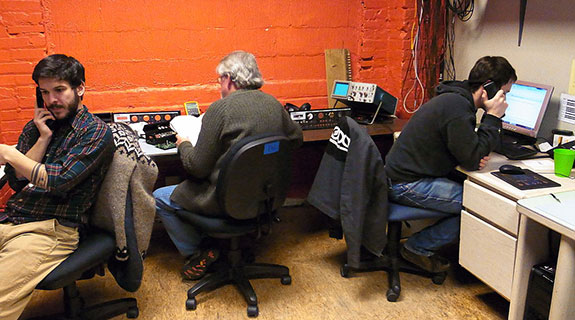The way systems should be introduced to a business is evolving quickly. At the same time, the necessity for a systems-based business is more evident than ever.


The way systems should be introduced to a business is evolving quickly. At the same time, the necessity for a systems-based business is more evident than ever.
It is accepted that a business with clear processes is easier to manage, is more efficient, is far more likely to deliver a consistent service to customers, and has a platform for growth as a result of this in place. Therefore, it is hard to fathom why business owners would not make the effort to implement and document its systems.
“In order for any business to succeed, it must first become a system so that the business functions exactly the same way every time, down to the last detail.” Rick Harshaw.
“Organise around business functions, not people. Build systems within each business function. Let systems run the business and people run the systems. People come and go, but the systems remain constant.” Michael Gerber.
“If you can’t describe what you’re doing as a process, you don’t know what you’re doing.”
W Edwards Deming.
“At its core, a fully-functioning business is basically a set of systems and process.” John Jantsch.
While I agree with the principles behind what is being said above, one evolving feature has not mentioned – the needs of those who are accountable for the outcomes of those systems.
Many of those who espouse a systems approach are focused more on the reasons and the outcomes of having systems and less on how the process should be developed.
This view was popularly adopted at a time when franchising was beginning to develop as a business model, along with the concept of the ‘franchise prototype’. Procedures were often mandated and there was an expectation that people employed in roles that were accountable for the operation of processes would act without question.
As we are by now, well aware, times are a-changing and new expectations are disrupting yesterday’s methodology. Systems development is no different.
Jim Collins (Good to Great, Great by Choice et al) saw it first-hand when he, almost by accident, found himself in a Mary Kay (cosmetics) convention.
“(Mary Kay) … has created a remarkable blend of tight psychological attachment and extreme operating autonomy, in which the organisation and its people connect in the spirit of partnership and freedom, not ownership and control,” Collins wrote.
His point was that, while all of the people essentially operated their own businesses (and thus has their own processes), they very much worked in alignment with the Mary Kay cultural norms.
After reading Dan Pink’s Drive; The Surprising Truth About What Motivates Us, I was confused regarding the apparent conflict between the requirement for employees to have greater autonomy in decision-making and that of set systems and processes.
I wrote to him, asking: “Perhaps you are promoting the idea that individuals or teams are given the freedom and autonomy to develop processes that best work for them. Am I on the right track in believing systems are the ideal way of providing consistency of service to customers, while at the same time, ensuring employees are fully engaged in the systems development process?”
His response agreed that I had summed up his hypothesis correctly: “Your analysis is dead on. Simply dead on. I couldn't have put it better myself. The key thing to keep in mind is that autonomy and accountability aren’t opposites. Autonomy is the pathway to accountability.”
Pink is suggesting that, by allowing people to devise and document their own systems, they have accepted complete responsibility for using those processes to ensure the best possible outcomes, with the customer at top of mind.
So now, while people are requiring more autonomy to be motivated, engaged, trusted and to be a positive contributor, we also require consistency so that service delivery – meeting customers’ expectations – is consistent. The apparent contradiction is met by not being pedantic with regard how procedures are performed, but by being focused on the outcome that is required and how performance aligns with company values.
The outcome has not changed – a better outcome for our customer.
However, the best approach for achieving this has – greater autonomy for the employee in how that is to occur.
John Matthew
Switch Directions
johnm@switchdirections.com.au






